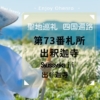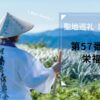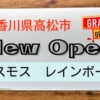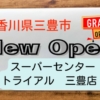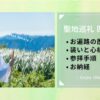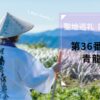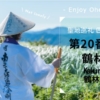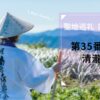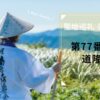【Japan tourism】 Shikoku 88 temple pilgrimage trip [No.59] Konkouzan Saisyouin Kokubunji
There are 4 Kokubunji in 88 places. This is “Iyo Kokubunji" in Ehime Prefecture.
Kokubunji
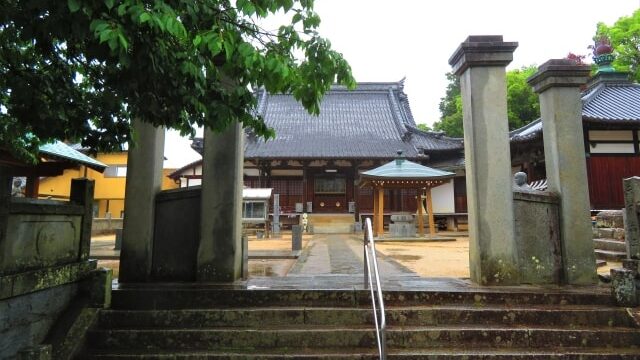
| Principal image | Yakushi Rurikou Nyorai |
| Honzon mantra | On korokoro sendari matougi sowaka |
| Denomination | Shingon Risshu Buddhism |
Place
Temple lodging: none
Phone:0898-48-0533
〒799-1533
4-1-33 Kokubu, Imabari City, Ehime Prefecture
Gosyuin(red stamp)
Please wait a moment until the image is uploaded.
History
It is said that in 741 (Tenpyo 13), Gyoki built a statue of Yakushi Nyorai, the principal object of worship, at the request of Emperor Shomu and enshrined it. Kokubunji is built on the place where the provincial government of Iyo was once located.
Located about 150m east of the current temple, the remains of what is believed to be the East Pagoda contain 13 gigantic foundation stones and are designated as a national historic site. The height of the seven-storied pagoda is estimated to be about 60m based on the arrangement of the foundation stones. The temple, which has magnificent seven temple buildings, reminds us of the Tenpyo era, which reigned over the Buddhist world of Iyo, and still retains the vestiges of that time.
It is said that Kobo Daishi, who visited Kokubunji when he was the third chief priest, stayed here for a while and left a picture of the Five Great Myoos. Shinnyo, one of Kobo Daishi’s ten major disciples, also stayed here for two years, copying a part of the Lotus Sutra and dedicating it.
Sango and Ingo are based on “Konkomyosaishooukyo". At a time when national protection was of paramount importance, this sutra was revered as the spiritual pillar of the Ritsuryo nation in the early Heian period.
It suffered from many fires, and full-scale reconstruction began in the latter half of the Edo period. The current main hall was rebuilt in 1789 during the time of the 43rd head priest, Eko Shonin.
Highlight
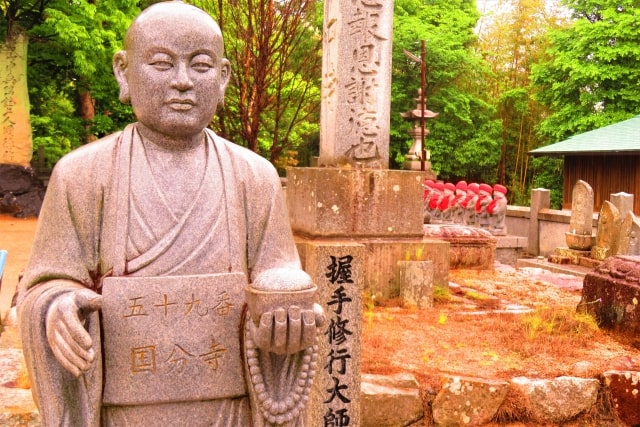
【handshake training Daishi】It is said that if you make a wish and shake hands with one of the statues with your right hand outstretched in the precincts, your wish will come true.
It’s about 30km (about an hour and a half by car) to the next 60th temple, “Yokomine-ji"!
